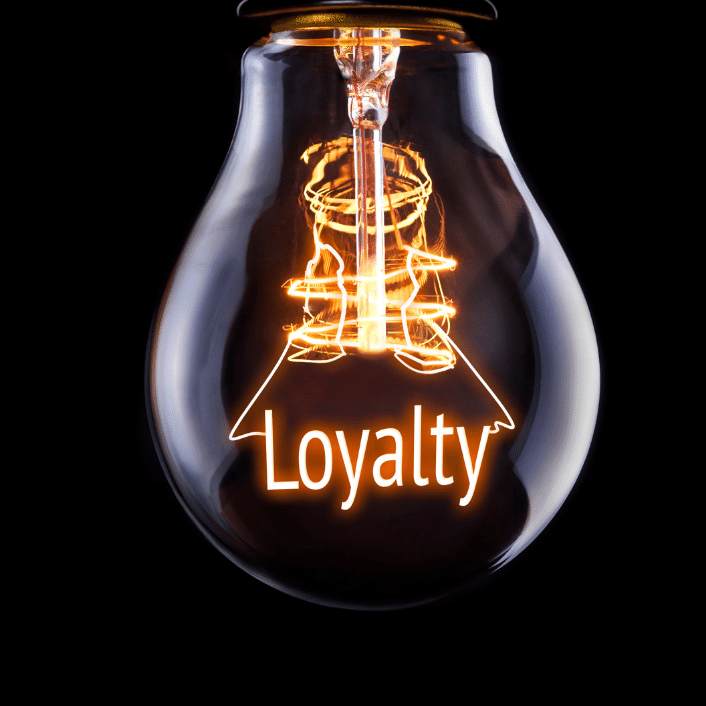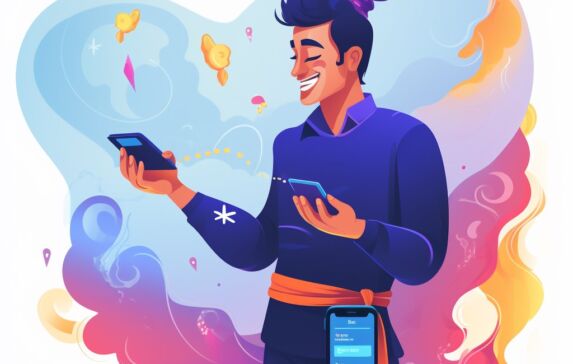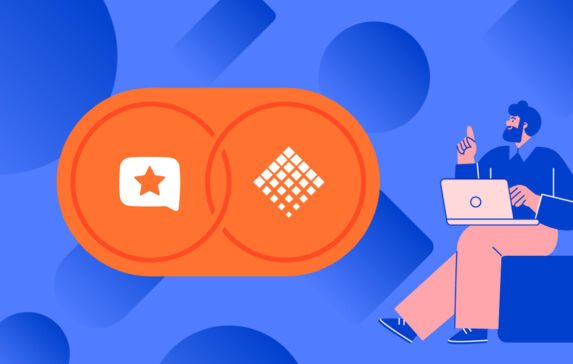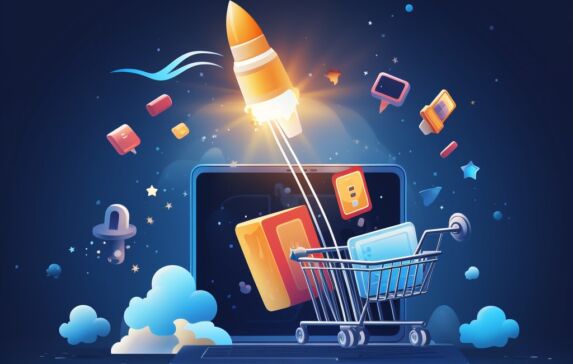Any battle-hardened owner of an online business will tell you how difficult it can be to strike the perfect balance of promotions and offers to increase conversions, foster customer loyalty and drive long-term business value. While creating an offer to drive sales in the short term might be relatively simple, a much more considered approach is needed to drive both short-term and long-term business value.
In this article, we explore some of the key concepts and actionable promotions that can be used by most businesses, and also highlight how HelpfulCrowd can give you an edge.
Customer loyalty
Why is customer loyalty so important?
It’s a startling statistic that it costs a business between five and 25 times more to acquire a new customer compared to retaining an existing customer. Existing customers spend 67% more on products and services compared to their new counterparts.
In short, it pays to harvest customer loyalty.
A loyal customer is a customer who returns and transacts with the same business despite other choices being available.
What makes a customer loyal?
Customers vary broadly and so loyalty is driven by different aspects of a business and the products or services it offers.
The 3 key ingredients to customer loyalty are:
- The customer trusts the business
- The customer likes (or needs) what the business offers
- The customer feels that the business represents good value
A large base of loyal customers, reinforcing their purchasing decisions with social proof such as reviews, will provide your business with a solid foundation of repeat customers returning to your store time and again.
The constantly evolving world of eCommerce, in which consumer habits and demands seemingly change daily, means building and maintaining customer loyalty doesn’t come easy.
One tried and tested method of encouraging and cultivating valuable customer loyalty is with the use of discounts, coupons and rewards (for simplicity we’ll call them offers in this article).
Creating short term business value using offers is simple. Creating long term business value requires a little more effort because the drivers or enablers are not as clear, but the time spent working out how to leverage offers to drive long term business value will pay dividends if executed correctly.
Why use offers?
1 – It draws the customer back into the fold. While there are a number of reasons why customers choose to take their business elsewhere, it often involves your competition offering more value or a greater overall experience. An offer could be a great way to entice them back, although it should be noted that improvements should be made elsewhere beforehand so as not to lose them once again.
2 – They are likely to pass the offer onto their social circle. One of the best ways to get a brand in front of a wider audience is to turn current customers into brand advocates. Offers can be a solid way to do this as happy customers are likely willing to share with their friends, family and social media following.
3 – Get updated information on customers and their purchase behavior. How a dormant customer responds to an offer, what they buy and when they buy can be compared to past purchases to identify any shifts in purchase behaviour. The data can be hugely valuable as the business can identify where a customer’s needs have not been met recently and make changes accordingly.
4 – Creates an image of exclusivity and high regard for customers. Using promotions and offers thoughtfully and strategically can show a high level of regard and exclusivity for customers. This exclusivity can enhance the overall customer experience and therefore boost a positive brand image.
Things to consider when using offers
One of the biggest challenges for any online business using promotions and offers is balance. A balance of both offer frequency and value.
One of the greatest pitfalls of any promotional offer campaign is creating an offer dependency, with the result that customers only purchase when there is a valid promotion campaign running. This may result in:
- Decreased overall profitability and margin erosion
- Reduced organic sales and conversions outside offer campaign periods
- Decreased customer loyalty, driven by price-driven bargain hunters
- Possible brand dilution, being only associated with offers
A study by Stanford University confirms what most of us already thought – it’s the thought that counts, not the value of the offer that is important. A token gesture is enough for most customers to feel appreciated for their loyalty.
The last item that is often overlooked is whether the discount field is visible on the checkout page. Simply having it displayed, when an offer isn’t active, can prompt a full paying customer to ask for an offer code. This can easily result in a delayed sale or even an abandoned sale as a result of the customer dissatisfaction.
“We would recommend hiding any discount fields if there is are no active offer campaigns running. This often helps to avoid any awkward questions about offers and reduces any delayed or abandoned sales as a result” Zuzana Stewart, HelpfulCrowd.
Types of offers
There are tons of ways to use discounts, coupons, sales and other promotions. Here are five ways offers can be used intelligently to drive conversions, boost customer loyalty and build business value in the process.
- Onboarding offer
- Customer loyalty offer
- Review generation
- Abandoned cart recovery
- Increase order value
Onboarding offer
The start of the customer journey starts with their first purchase with your business. A first-time joining offer could be the nudge they need. It builds immediate loyalty and is targeted, so doesn’t erode the profitability of your existing customer base. You’ll need to ensure that your existing (and loyal) customer base is being sufficiently provided alternative offers for being long term supporters of your business and brand.
Customer loyalty offer
One of the best ways to reinforce and strengthen the bond between customer and brand, is to run a general customer loyalty offer.
The customer loyalty offer should ideally promote ‘exclusivity’ for the customers who have already spent money with you, thus reinforcing that they are valued, special and unique. Offers can be tailored and segmented based on customer spend or purchase frequency.
Offer urgency can also be generated with something like a special ‘one day only’ discount exclusively for them. These offers should be used sparingly so as not to erode organic sales and profitability but be frequent enough to pique customer interest and awareness. Use them as unexpected surprises or run these promotions during the common seasonal offer periods, achieving several objectives in a single campaign.
Many brands run loyalty programs. Take Starbucks for example.
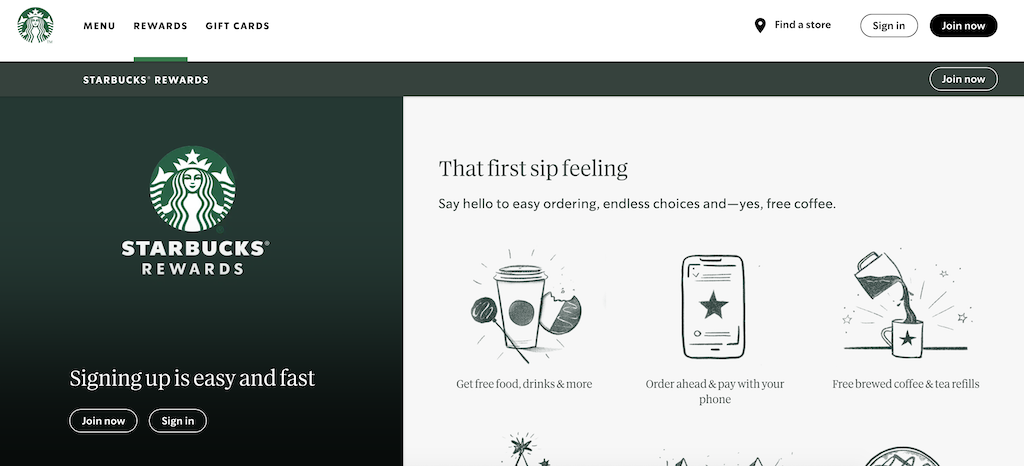
Starbucks Rewards is a star-based loyalty program in which customers download the Starbucks app or sign up online, add any amount of money they’d like to their digital card, and scan it upon checkout, whether that’s in-store or via mobile order.
Every purchase results in the earning of stars — two starts per $1 spent. Within the app, there are prizes and games such as double-star days (customers earn double the normal amount of stars they would), free beverage coupons on their birthday, and other ways to earn bonus stars.
Review generation
With 90% of consumers reading online reviews before visiting a brand’s website, and 88% of consumers trusting online reviews as much as personal recommendations, customer reviews are tantamount to retail success in the digital era. They’re even more important among key population groups – such as millennials.
Generating social proof (such as product reviews) provides a business with owned, reusable content that can help to boost credibility and enhance trust among new and existing customers.
Abandoned cart recovery
The Baymard Institute reports that the average online shopping cart abandonment rate is a whopping 69.89%.
For this reason, it often makes sense to reach out to the customer and find out why. Before following up with a customer who has abandoned their cart, consider:
- Timing – not too soon or late with sequence follow-up
- Copy – sincere, information collecting, compelling
- Offer – is it relevant?
It’s worth noting that an offer does not need to be extended immediately. It’s useful to gather further customer feedback on why they didn’t go through with the purchase or identify purchase barriers so that you can fine tune and adjust.
Also keep in mind that some online platforms are training customers to expect discounts and are even guiding them through deliberate cart abandonment processes in order to receive them. Nonetheless, once you understand why your customers are not following through with their purchases, you can tailor a relevant offer that helps convert them from a shopper to a customer.

This abandoned cart offer is only valid for a certain amount of time. It’s a powerful psychological sales trigger, which makes customers afraid they will miss out on the discount or that the item might sell out. Stand On Liquid’s 10% discount code that is only valid for 48 hours. They only use one abandoned cart email, but as you can see, one is all they need. 15% of their total revenue is coming from this one abandoned cart email.
Increase order value
Increasing the value of a customer’s order is an effective technique to encourage customers to spend more and is also known as up-selling.
As with any offer, it will be sector or segment specific, however a great way to increase basket value as well as increase brand and loyalty value is to offer free shipping if the total value of the shopping cart is over a certain amount.
Ironically, one of the biggest reasons for cart abandonment in checkout is due to extra costs, like shipping being too high.
What should that value be?
“An easy way to work out what the shopping cart value should be is to simply look at what the current average order value is, say over the last three months. If you’ve already been running offers in this period, be sure to ‘gross up’ the average value by the average value per order you’ve given away over the same period. Be sure to also exclude any taxes in this calculation. You can then set the free shipping offer to be available at 10 to 20% of the average order value” Scott Stewart, HelpfulCrowd.
Using coupons with promotions
Sharing coupons with customers after purchase during the review collection process is a great way to generate repeat sales. It can also boost and accelerate review collection rates and is particularly useful for new stores.
70% say they made use of a coupon or discount from a marketing email in the prior week. (source Blue Kangaroo )
Why use coupons with promotions?
- To increase the number of new customers
- To increase sales of a specific product
- To increase branding and awareness
- To reward current customers
- To entice return to former customers
- To create an opportunity to up-sell a more profitable product
- Highly measurable form of marketing
Coupons should motivate the consumer to not only purchase the product but to take notice of the brand. A well-designed coupon offer focusing on one particular product or service can generate a short-term boost in traffic to most retailers.
Top Tips for Promotions & Coupons
1 – Start simple. Be clear. Create just one promotion or coupon first, before getting more sophisticated. Don’t make the promotion too complicated and take care to avoid spelling mistakes or poor graphics.
2 – Tease. Be suggestive in the first and second review request emails and allude that a special offer is waiting “just for them”.
3 – Expiration dates. Always provide coupons with an expiration date to protect your budget and keep the offer attractive.
4 – Surprise. Don’t suggest that they will receive a coupon or incentive for submitting a review, and instead surprise them by including a promotion in your thank you template.
5 – Be consistent. If you’re including a promotion in the positive thank you email template, don’t forget to include the same or a higher value promotion in the critical thank you email template too.
6 – Be creative. Try different text and promotions and don’t forget to monitor results.
7 – Include a tempting call-to-action: While designing your coupons or promotions, remember to make your CTA visible to users.
8 – Don’t mislead. If you’re unsure whether incentivized reviews need to be highlighted to visitors, err on the side of caution.
9 – Be personal. Don’t forget to add a personalized touch. For example, in the email subject line.
More customer loyalty offer examples

The Virgin Atlantic Flying Club allows you to earn miles and tier points by flying as well as through your daily purchases — you can apply these miles to your future travels. Within the Club, there are three tiers customers are grouped into. Each tier provides a number of perks for the customers — but, the more customers spend, the higher their tier, and greater the benefits.
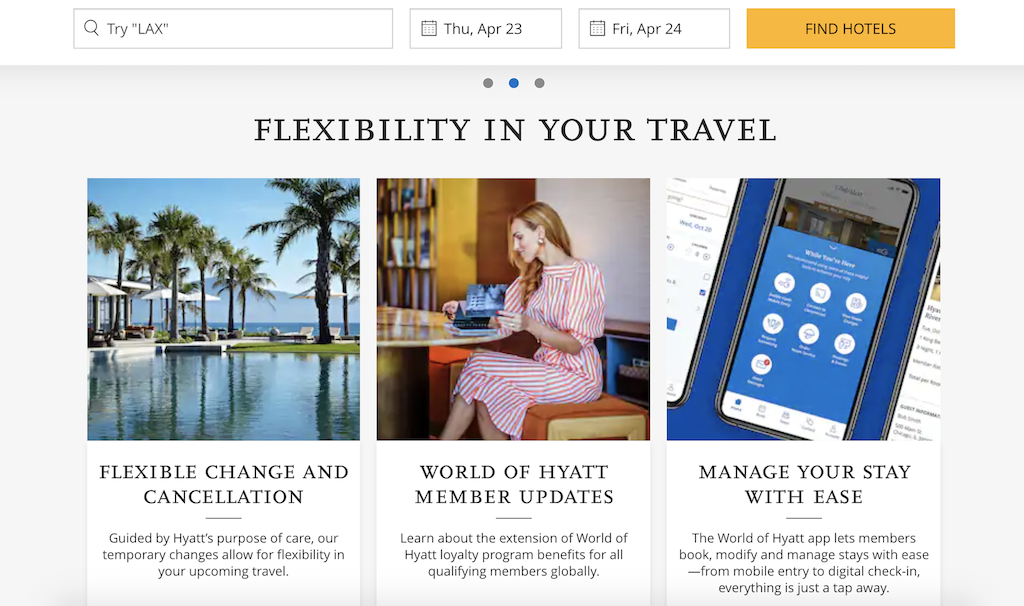
Hyatt has a five-tier loyalty program to encourage customer loyalty — although their highest tier requires customers to spend dozens of nights in hotels every year and travel a great deal more than the average person might. They do offer a membership that’s completely free and has no pre-requisites — meaning, Hyatt’s loyalty program is actually open to everyone.
Member perks include discounts at their participating hotels, access to special member-only offers, and the ability to earn points on nights spent at the hotel, dining, spa, Exhale classes, and more.
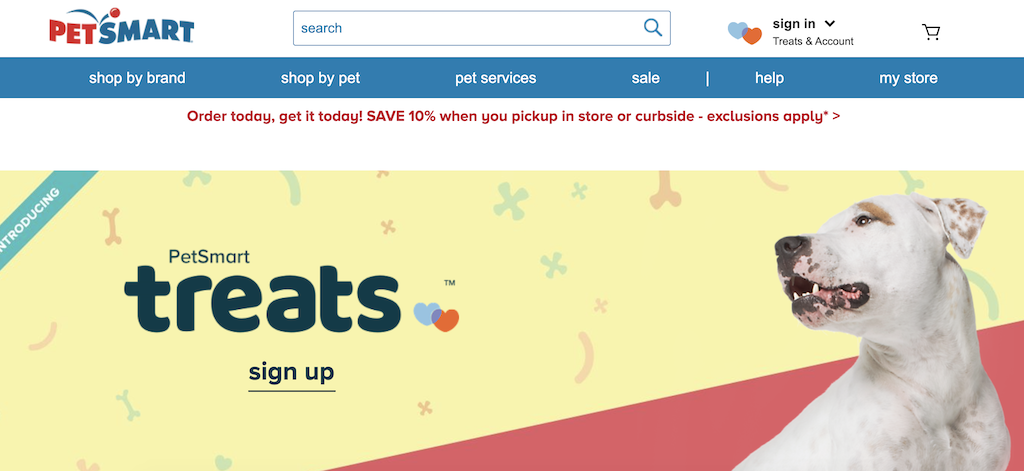
The PetSmart Treats loyalty program allows pet owners to earn points every time they spend (eight points per dollar, to be exact). They can redeem these points in-store or online. Members get free shipping and are notified about member-only sales and in-store discounts, and can use their earned points on grooming, PetsHotel, puppy training, or even donate their points to a PetSmart affiliated animal charity. Registered pets even get a treat on their birthday.

